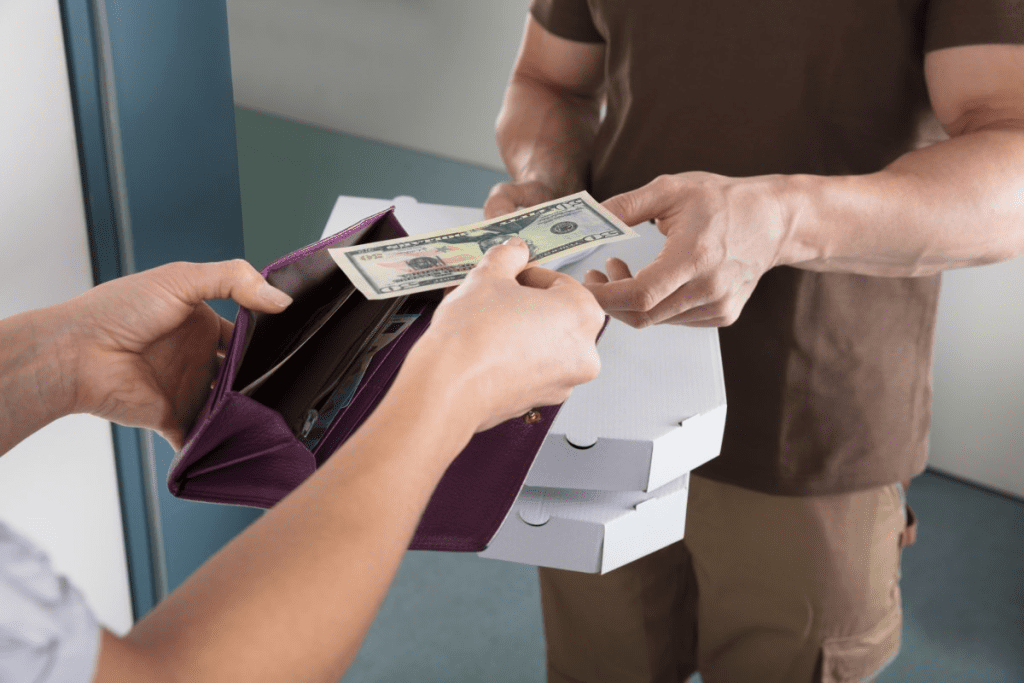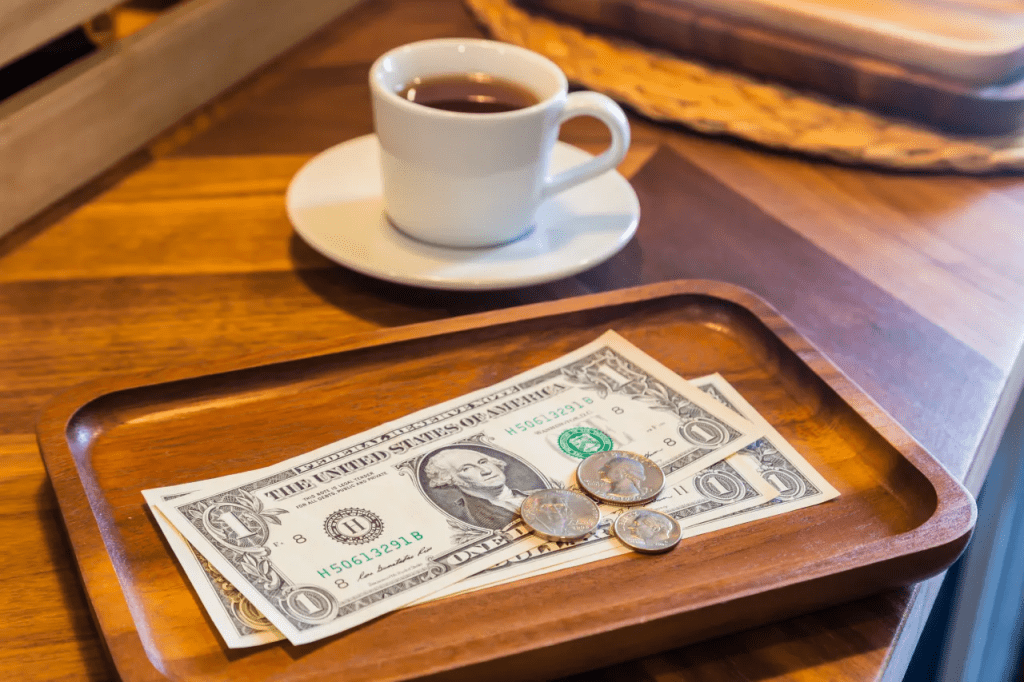Tipping can sometimes feel like a tricky business. It’s one of those unspoken social norms that everyone knows about but isn’t always clear on. Recently, a situation came up with our regular pizza delivery guy. After seeming upset over a tip, he refused to deliver to us again. This left us wondering—what is the right tip for a delivery driver? Let’s dive into what tipping means, why it matters, and how to get it right every time.
Why Delivery Drivers Deserve More Than Just a Thank You

Delivery drivers are the unsung heroes of our everyday lives. Think about it—they brave rain, snow, traffic, and even grumpy customers to make sure your food gets to your doorstep warm and on time. Their job is demanding, requiring excellent time management, attention to detail, and great customer service skills.
What many people don’t realize is that most delivery drivers earn modest base wages, often relying on tips to make a decent living. Tips help cover their fuel, vehicle maintenance, and sometimes even insurance. When you tip, you’re not just saying thanks—you’re directly contributing to their livelihood.
Why Tipping Is a Big Deal in the Service Industry
Let’s face it: tipping is the backbone of the service industry. Many jobs in this sector pay less than minimum wage, with the assumption that tips will make up the difference. For delivery drivers, tips often represent a significant portion of their income.
Think of tipping as a two-way street. It’s your way of showing appreciation for good service while ensuring the person who helped you is compensated fairly. A thoughtful tip can make all the difference to someone who relies on those extra dollars to pay their bills or keep their car running.
How to Calculate the Perfect Tip
Now, let’s get down to the nitty-gritty. How much should you tip your delivery driver? Here’s a simple guide:
- The 10% to 20% Rule: A standard tip for delivery is between 10% and 20% of your total bill. For larger orders or exceptional service, leaning toward 20% (or even higher) is a good idea.
- The Minimum Tip: For smaller orders, it’s generally accepted to tip at least $3 to $5. Even if your bill is low, remember that the driver still spent time and gas getting your order to you.
- Consider the Effort: Did the driver have to navigate bad weather, heavy traffic, or a challenging delivery location? If so, a higher tip is a thoughtful way to recognize their extra effort.
Regional and Cultural Differences in Tipping
Not all tipping norms are created equal. In some parts of the world, tipping is rare or not expected at all. In the United States, however, tipping is deeply ingrained in the culture, especially in urban areas where delivery services are more common.
In rural or less populated areas, tipping might be slightly less, but the gesture remains essential. Being aware of local tipping practices can help you navigate these cultural nuances and ensure you’re leaving a fair tip.
The Emotional Impact of Tipping on Delivery Drivers

Let’s not underestimate how tipping affects delivery drivers emotionally. A good tip can brighten their day, increase their job satisfaction, and even encourage them to go above and beyond for you in the future. On the flip side, inadequate tips—or none at all—can lead to frustration and demotivation.
In the case of our pizza delivery guy, his reaction to a perceived low tip was a clear reminder of how personal tipping can feel. It’s not just about the money; it’s about feeling valued and appreciated for their work.
What to Do If a Delivery Driver Refuses Service
If a delivery driver refuses to deliver to you because of a past tipping issue, here’s how to handle it:
- Stay Calm and Polite: Avoid escalating the situation. A calm and respectful approach can help diffuse tension.
- Reflect on Your Tipping Practices: Ask yourself honestly if the tip you left was fair for the service provided. If it wasn’t, consider tipping more generously in the future.
- Communicate with the Service: Reach out to the delivery company to explain the situation and find a resolution. Most services value customer feedback and can mediate the issue.
Is There an Alternative to Tipping?

Some argue that tipping creates an unstable income for service workers, suggesting alternatives like higher base wages or service fees. While these ideas have merit, they would require significant industry-wide changes. Until such a system is implemented, tipping remains the most practical way to directly support delivery drivers.
Conclusion: Striking the Right Balance in Tipping
Tipping is more than just a social norm—it’s a way to show respect and appreciation for those who make our lives easier. By understanding the challenges delivery drivers face and following simple tipping guidelines, we can ensure they’re fairly compensated for their hard work.
So, next time you hear the knock at your door or the buzz of the doorbell, remember that the person on the other side has put in effort to bring you your meal. A thoughtful tip isn’t just about numbers; it’s a way of saying, I see you, and I appreciate what you do. And who knows? A generous tip might even come back to you in the form of even better service down the road.


